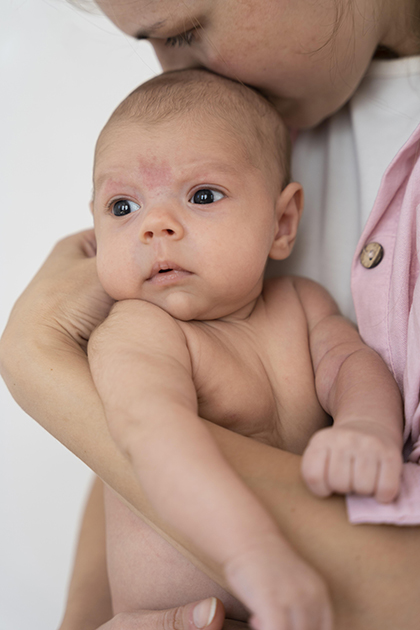

Retinopathy of prematurity (ROP) is an eye disease that occurs in premature infants due to the incomplete development of blood vessels in the retina. It can lead to severe vision loss. The risk is especially high in babies born before 32 weeks of gestation or with a birth weight under 1500 grams. With early diagnosis and timely treatment, the risk of blindness can be significantly reduced.
Occurs in infants born before 32 weeks and/or weighing less than 1500 grams.
ROP develops when retinal blood vessels do not fully develop or grow abnormally.
In mild stages, regular monitoring may be sufficient.
In moderate to advanced stages, laser therapy or intravitreal injections are used.
In more severe cases, surgical intervention (vitrectomy) may be necessary.
Early diagnosis is the most critical factor in successful treatment and preventing vision loss.
ROP screening should begin within the first weeks after birth.
Critical Importance: Due to the risk of blindness, regular screening and prompt intervention are essential.
Stage-Based Intervention: Different treatment approaches are applied according to the stage of the disease.
General anesthesia is usually administered before laser or surgical procedures. Intravitreal injections are typically performed under local anesthesia.
In the early stages of ROP, weekly or more frequent eye exams are conducted to monitor retinal development. No intervention is needed at this stage, but close follow-up is critically important.
Laser is used to destroy areas with abnormal blood vessel growth, helping to stop the progression of the disease. It is the most commonly applied treatment method for ROP.
Anti-VEGF medications are injected into the eye to halt abnormal blood vessel proliferation. This method can be used as an alternative to laser treatment.
In advanced stages of ROP, if retinal detachment has occurred, vitrectomy surgery is performed to remove the gel (vitreous) inside the eye. The goal is to reattach the retina and preserve vision
